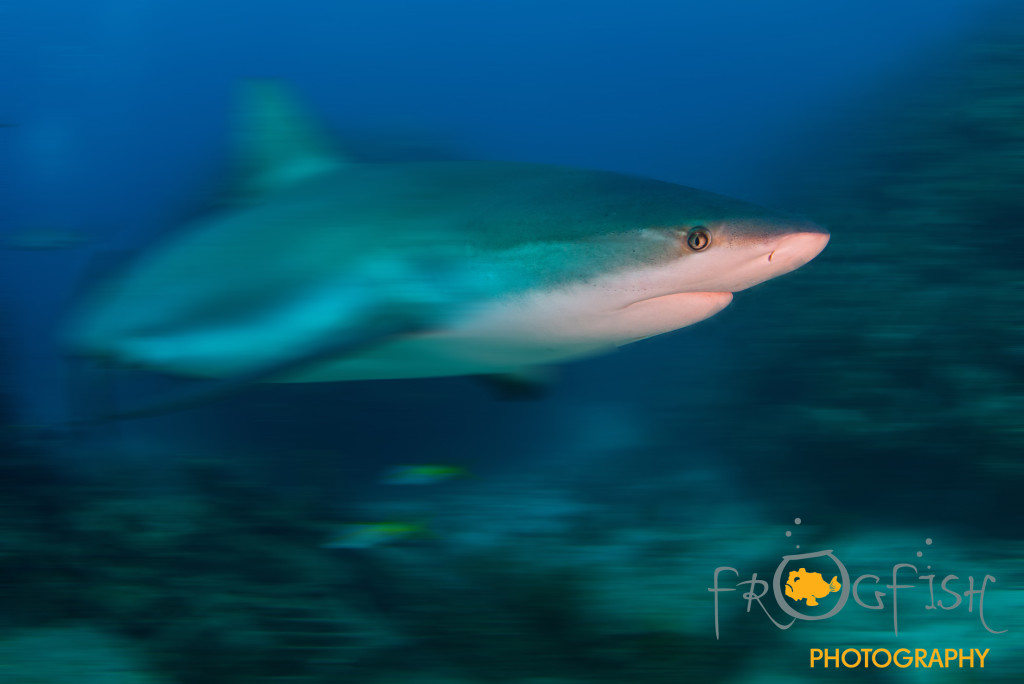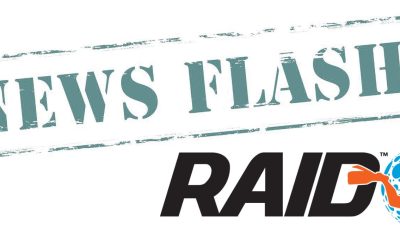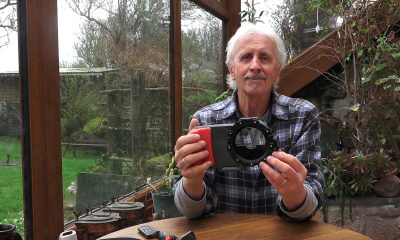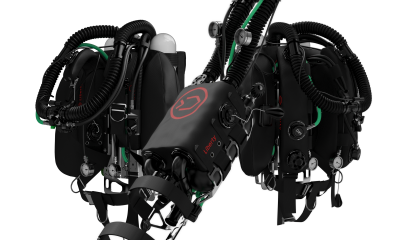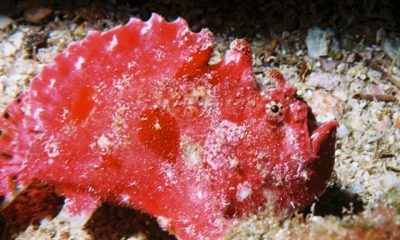News
Underwater Photography Essentials: Part 2
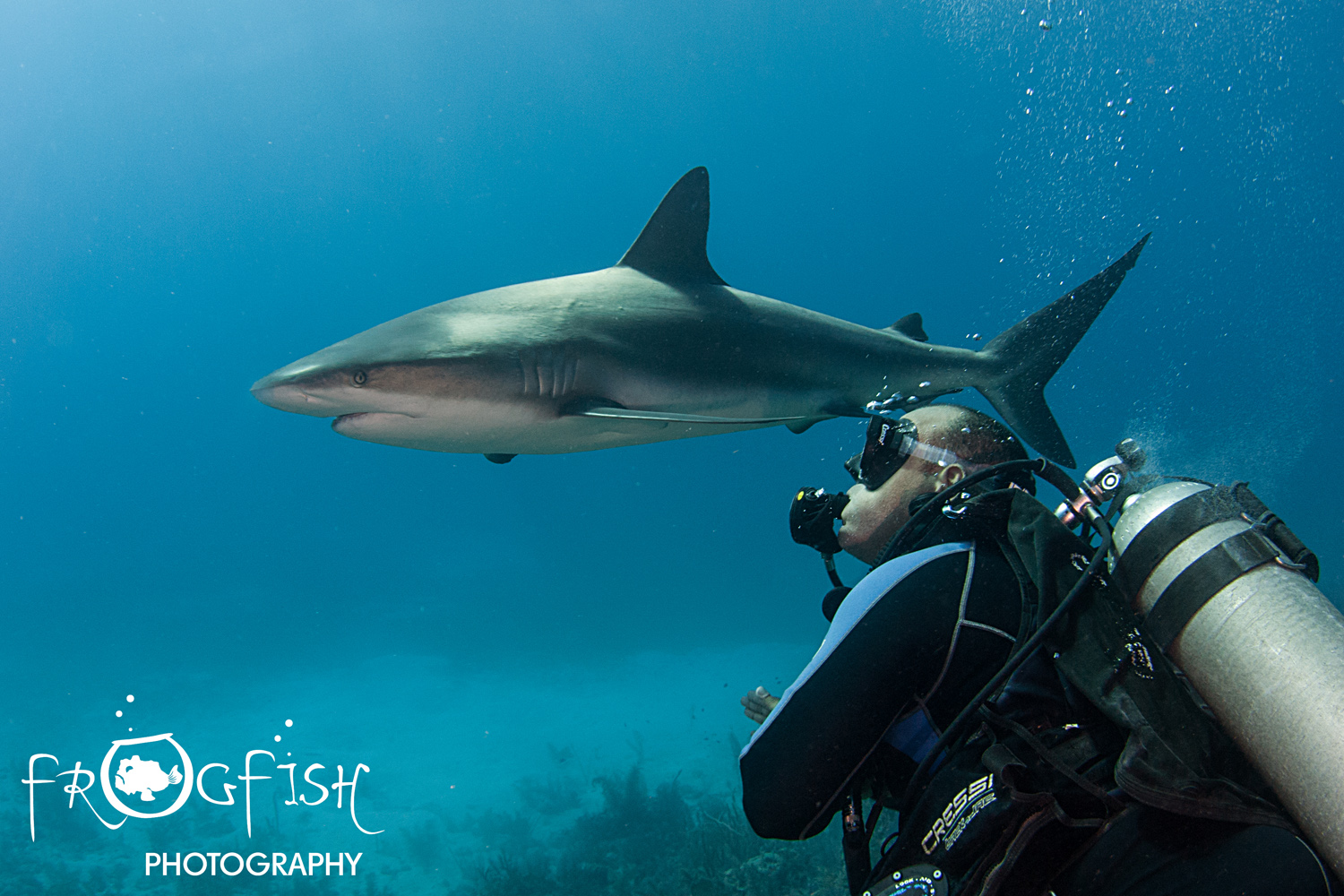
Tips, ideas and advice for budding underwater photographers
by Nick Robertson-Brown FRPS
Part 2: Getting to grips with your camera settings – Shutter Speed
On a digital SLR, the shutter is a mechanical device that blocks the light to the sensor of the camera, but can be opened to allow light onto the sensor when the release button is pressed. Whilst Micro 4/3 and compact cameras may not have a mechanical device for controlling the amount of light that hits the sensor, the action of the shutter is mimicked electronically. Whether it be mechanical or electronic, the speed of the shutter is the second item of the light triangle and the higher the shutter speed, the less time there is for light to get through to the sensor. As stated in part one, the aperture restricts the amount of light entering the camera too, but as discussed, the more light we allow through the aperture, then the smaller the depth of field will be. This leaves us with a trade-off in how we allow the light onto the sensor. If you are photographing moving objects, such as fish, the shutter speed becomes the dominant factor in deciding the level of light. If your shutter speed is not fast enough moving objects may look blurred and out of focus. This is called motion blur and you can use it to great effect if you get it right, as it will give the impression of speed and motion as it moves through the water.
Working within a range of shutter speeds, with and without strobes, in order to freeze fast the moving action and make it pin sharp, use settings of 1/125 to 1/250 (or higher if your camera will synch with the strobes). But remember, as the shutter will not be open for long, not much light will make it onto the sensor. For slow moving subjects, or to achieve some motion blur, work with 1/40 to 1/125 and you will also get more light on your image.
For the cameras that do not have a mechanical shutter, the light is allowed through to the sensor all the time it is switched on. It is, however, only when the release button is pressed that the pixels in the sensor, which are already charged with light, start reading it and then pass the digital image through to the sensor. It is this moment that is recorded by the camera and the balance between the shutter speed and the f-stop will determine how your image looks.
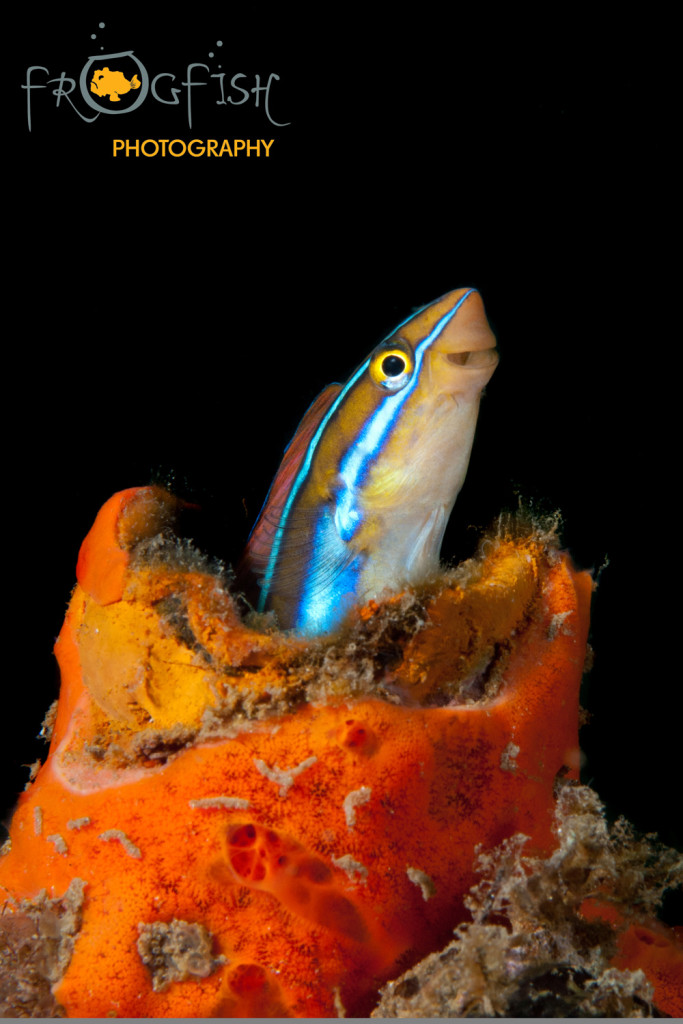 The shutter speed is also important for defining the background colour of the water, particularly if you are using flash or strobe. In this instance, the flash will freeze the action close to the camera, but as light will only travel a few metres underwater, the light from the background will be presented at the sensor according to the aperture or the shutter speed. This will be covered in greater depth when we get to the part of this series on artificial light, but put simply, the aperture should be set to expose for the subject when the flash fires and the shutter speed can be adjusted, within a small range, so that the background will lighten as you increase the time the shutter is open. Conversely, as you close the shutter, the background colour will become darker. This interplay of aperture and shutter speed will give a light value that will vary in a similar way to how it does in air. It is when you introduce artificial light that the options become greater.
The shutter speed is also important for defining the background colour of the water, particularly if you are using flash or strobe. In this instance, the flash will freeze the action close to the camera, but as light will only travel a few metres underwater, the light from the background will be presented at the sensor according to the aperture or the shutter speed. This will be covered in greater depth when we get to the part of this series on artificial light, but put simply, the aperture should be set to expose for the subject when the flash fires and the shutter speed can be adjusted, within a small range, so that the background will lighten as you increase the time the shutter is open. Conversely, as you close the shutter, the background colour will become darker. This interplay of aperture and shutter speed will give a light value that will vary in a similar way to how it does in air. It is when you introduce artificial light that the options become greater.
For a black background shot, start out with settings similar to f8 (or above), 1/200, ISO 100 and a low strobe power setting and then make changes in the shutter speed and watch the background colour change.
The shutter speed settings on the camera are not merely random numbers that the manufacturer has come up with. When changing the aperture, the f-stop scale is a mathematical constant. Each stop doubles or halves the amount of light getting through to the sensor. The shutter speed is also scaled in this way; each stop (or setting) will double or halve the amount of light getting through to the sensor. This means that if you wish to maintain the same exposure value on your image, if you open the aperture by one stop, you must double the speed of the shutter by one stop.
————————————————————————————————————————————————————
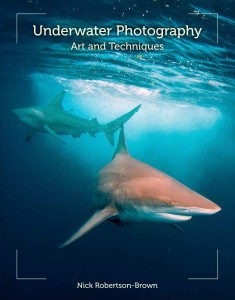 Do you want to learn more? You can pick up a copy of Nick’s book “Underwater Photography Art & Techniques” by clicking here.
Do you want to learn more? You can pick up a copy of Nick’s book “Underwater Photography Art & Techniques” by clicking here.
Underwater Photography Courses
Contact Nick for information on the Frogfish Photography Complete Underwater Photography Award, designed for 1:1 and small group sessions to improve your underwater photography at your pace.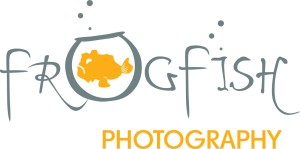
www.frogfishphotography.com | frogfishphotos@gmail.com | ![]() +44 (0)161 9177101
+44 (0)161 9177101
News
Dive Worldwide Announces Bite-Back as its Charity of the Year

Over the next 12 months, specialist scuba holiday company Dive Worldwide will be supporting Bite-Back Shark & Marine Conservation with donations collected from client bookings to any one of its stunning dive destinations around the world. The independently-owned operator expects to raise £3000 for the UK charity.
Manager at Dive Worldwide, Phil North, said: “We’re especially excited to work with Bite-Back and support its intelligent, creative and results-driven campaigns to end the UK trade in shark products and prompt a change in attitudes to the ocean’s most maligned inhabitant.”
Bite-Back is running campaigns to hold the media to account on the way it reports shark news along with a brand new nationwide education programme. Last year the charity was credited for spearheading a UK ban on the import and export of shark fins.
Campaign director at Bite-Back, Graham Buckingham, said: “We’re enormously grateful to Dive Worldwide for choosing to support Bite-Back. The company’s commitment to conservation helps set it apart from other tour operators and we’re certain its clients admire and respect that policy. For us, the affiliation is huge and helps us look to the future with confidence we can deliver against key conservation programmes.”
To launch the fundraising initiative, Phil North presented Graham Buckingham with a cheque for £1,000.
Visit Dive Worldwide to discover its diverse range of international scuba adventures and visit Bite-Back to learn more about the charity’s campaigns.
MORE INFORMATION
Call Graham Buckingham on 07810 454 266 or email graham@bite-back.com
Gear News
Scubapro Free Octopus Promotion 2024

Free Octopus with every purchase of a SCUBAPRO regulator system
Just in time for the spring season, divers can save money with the FREE OCTOPUS SPRING PROMOTION! Until July 31st SCUBAPRO offers an Octopus for free
with every purchase of a regulator system!
Get a free S270 OCTOPUS with purchase of these combinations:
MK25 EVO or MK19 EVO with A700
MK25 EVO or MK19 EVO with S620Ti
MK25 EVO or MK19 EVO with D420
MK25 EVO Din mit S620Ti-X
Get a free R105 OCTOPUS with purchase of the following combinations:
MK25 EVO or MK19 EVO with G260
MK25 EVO or MK17 EVO with S600
SCUBAPRO offers a 30-year first owner warranty on all regulators, with a revision period of two years or 100 dives. All SCUBAPRO regulators are of course certified according to the new European test standard EN250-2014.
Available at participating SCUBAPRO dealers. Promotion may not be available in all regions. Find an authorized SCUBAPRO Dealer at scubapro.com.
More information available on www.scubapro.com.
-

 News3 months ago
News3 months agoHone your underwater photography skills with Alphamarine Photography at Red Sea Diving Safari in March
-

 News3 months ago
News3 months agoCapturing Critters in Lembeh Underwater Photography Workshop 2024: Event Roundup
-

 Marine Life & Conservation Blogs3 months ago
Marine Life & Conservation Blogs3 months agoCreature Feature: Swell Sharks
-

 Blogs2 months ago
Blogs2 months agoMurex Resorts: Passport to Paradise!
-

 Blogs2 months ago
Blogs2 months agoDiver Discovering Whale Skeletons Beneath Ice Judged World’s Best Underwater Photograph
-

 Gear Reviews2 weeks ago
Gear Reviews2 weeks agoGEAR REVIEW – Revolutionising Diving Comfort: The Sharkskin T2 Chillproof Suit
-

 Gear Reviews3 months ago
Gear Reviews3 months agoGear Review: Oceanic+ Dive Housing for iPhone
-

 Marine Life & Conservation2 months ago
Marine Life & Conservation2 months agoSave the Manatee Club launches brand new webcams at Silver Springs State Park, Florida



